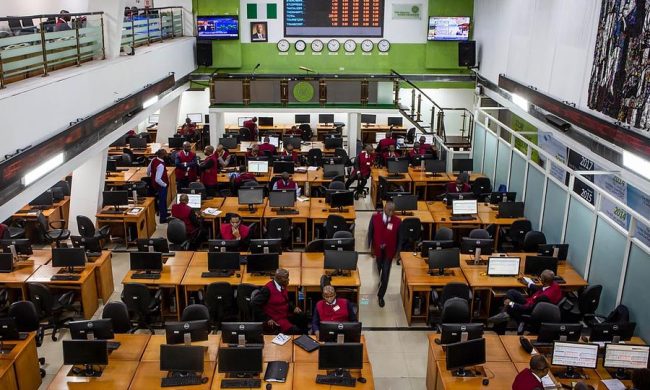The British Pound Sterling rose to two-week highs against the dollar on Tuesday, August 29, after escalating tensions in the Korean peninsula added to the greenback’s woes.
By 0745 GMT, sterling was 0.2 percent higher at $1.2951, after hitting $1.2963 earlier, its highest level since August 15.
The GBP has risen more than 1 percent against the dollar since Friday since Federal Reserve Chair Janet Yellen failed to offer any support to the dollar at a central bank conference last week.
With a general risk-averse mood prevailing broadly across financial markets following a missile launch from North Korea, the dollar struggled against its major rivals, falling to more than a 2-1/2 year against a trade-weighted basket
“I would say what is really helping sterling against the dollar is more of dollar weakness,” said CMC Markets analyst David Madden.
“The dollar index is down over a quarter of one percent, while the pound is up just over 0.2 percent against the dollar, so if anything sterling is underperforming.”
It hit fresh 10-month lows versus the single currency, falling 0.3 percent to 92.92 pence per euro.
Analysts say sterling’s recent moves against the dollar and the euro have largely been a result of broader shifts in the dollar as investors worry about the ability of the U.S. administration to follow through on its economic agenda.
Investors also had their focus trained on the third round of Brexit negotiations which started on Monday, with the European Union’s chief negotiator saying he was concerned at the slow progress of the talks.
The British government has laid out a series of position papers that have outlined compromises over some of the issues likely to block progress in talks this year, but EU officials say Britain needs to settle its divorce bill with the bloc before a trade agreement can be discussed, Reuters reports.












